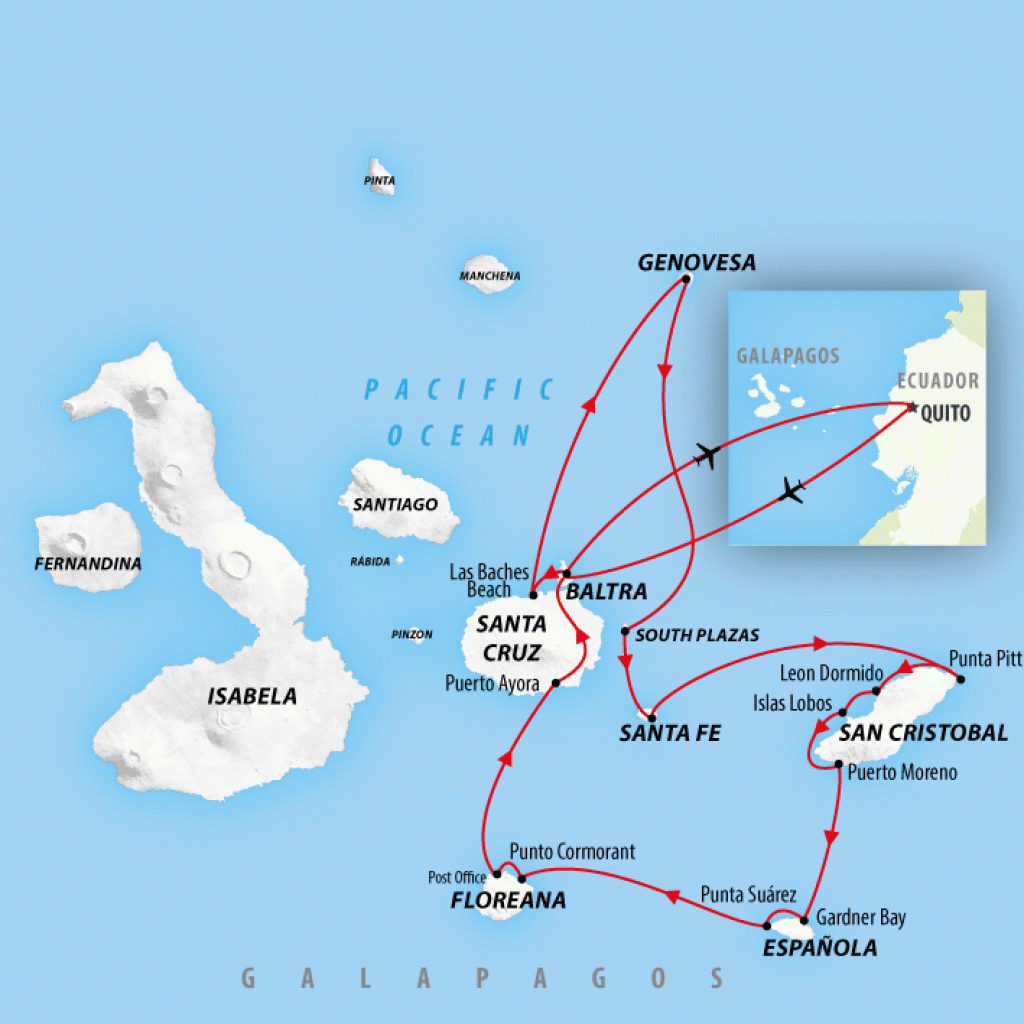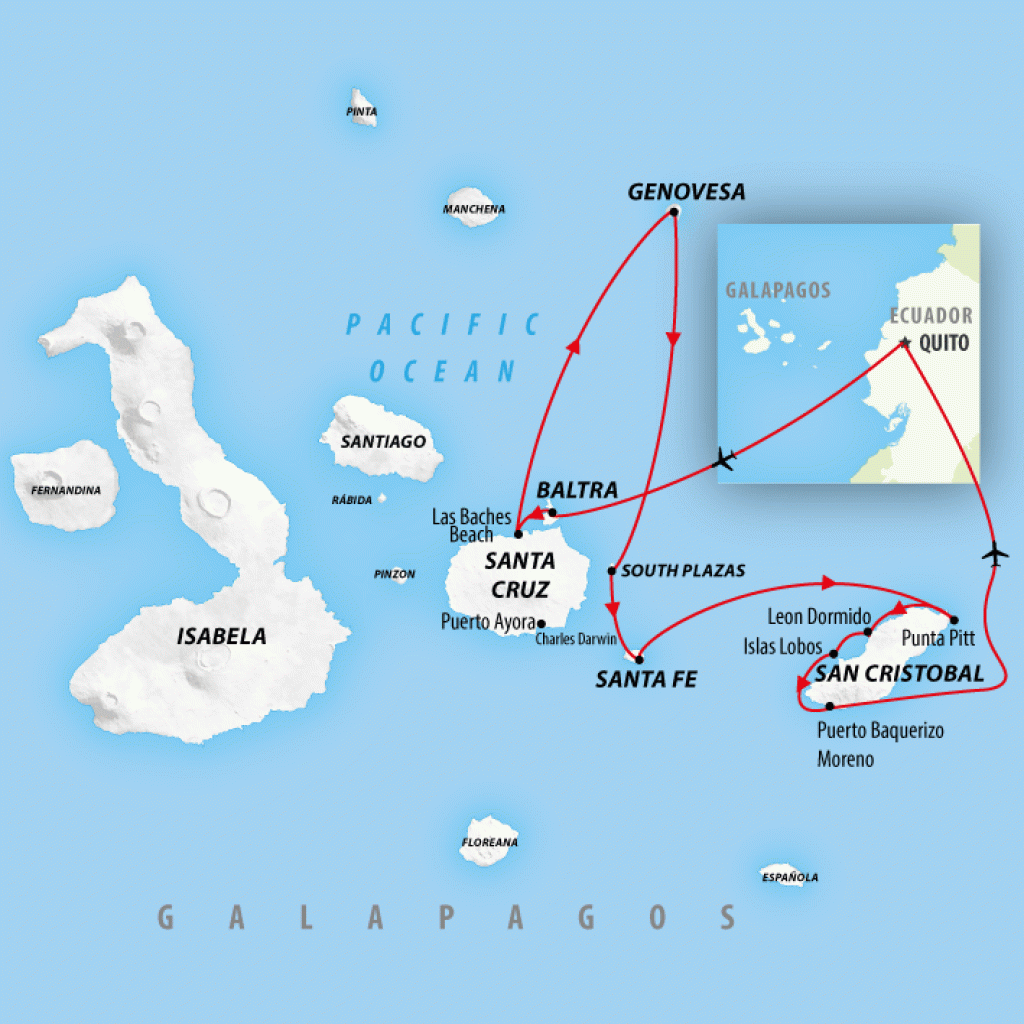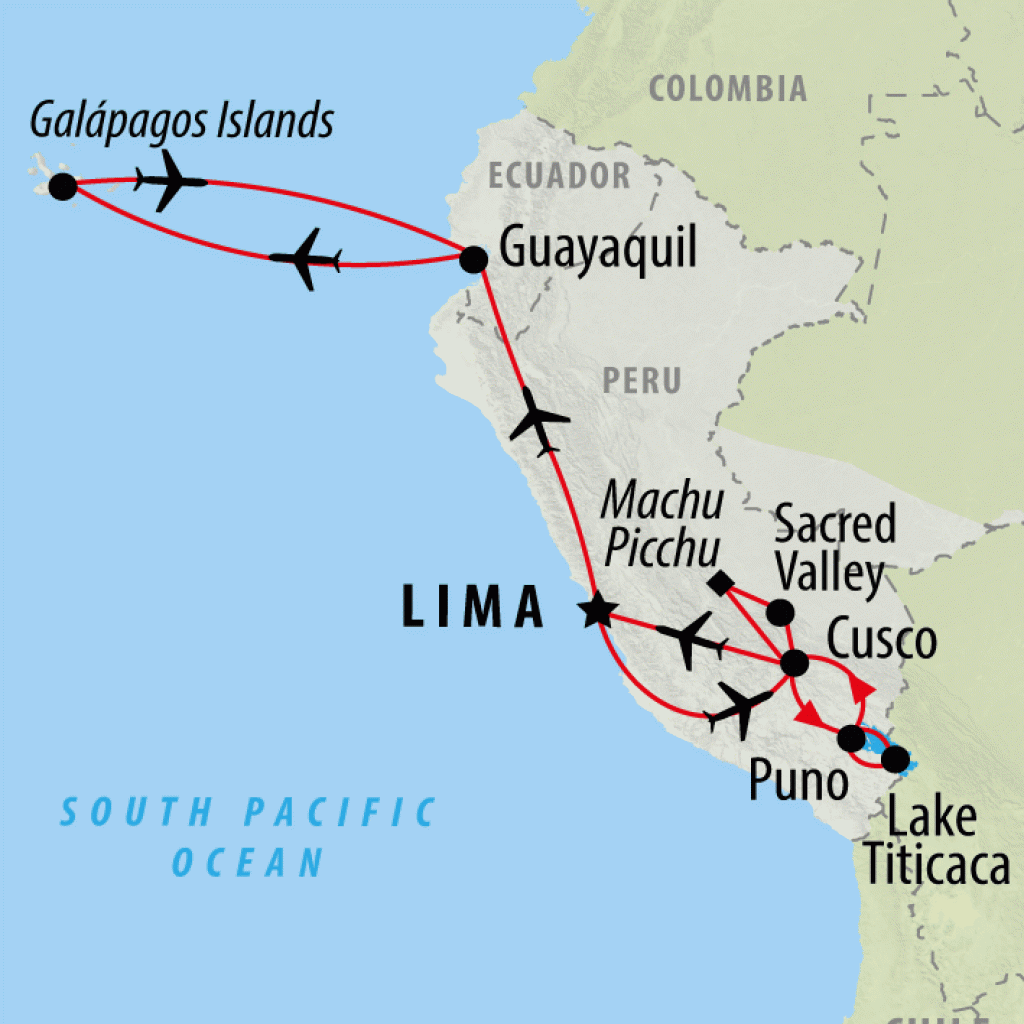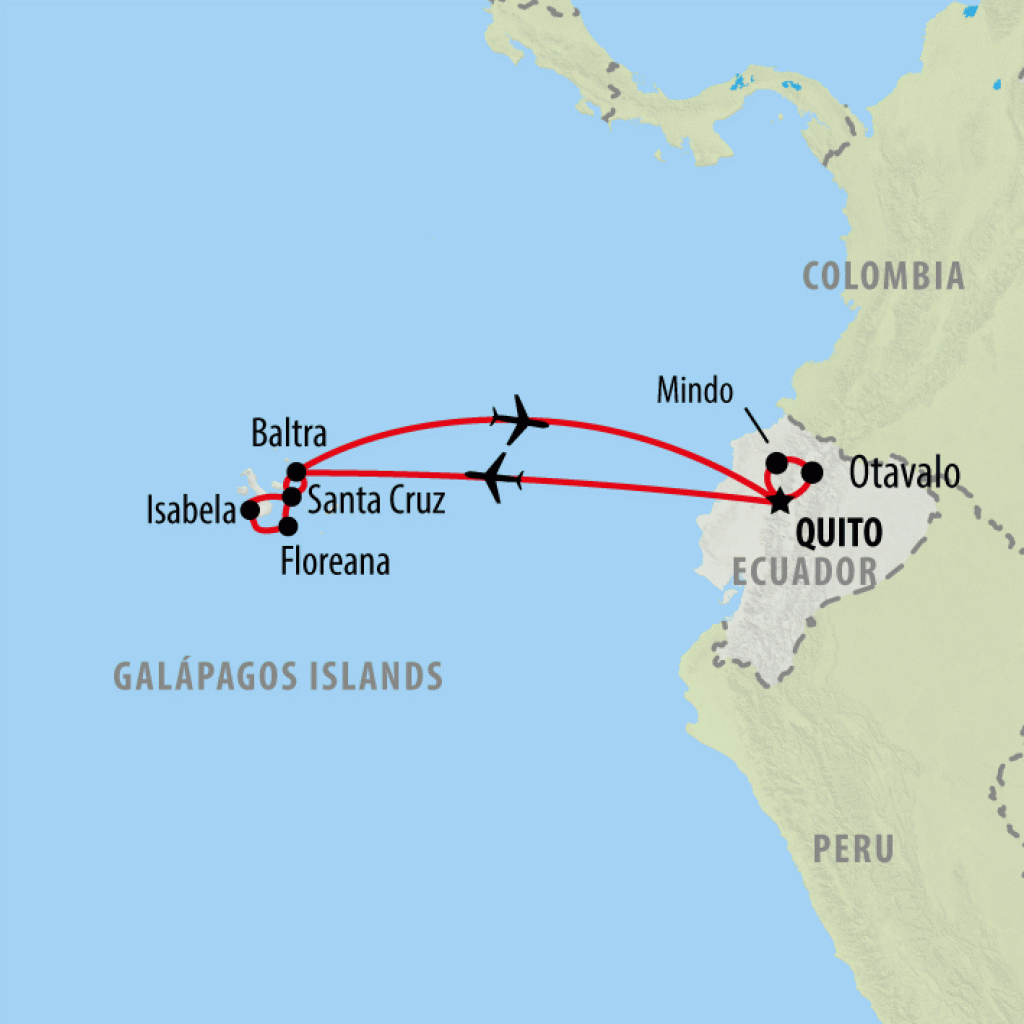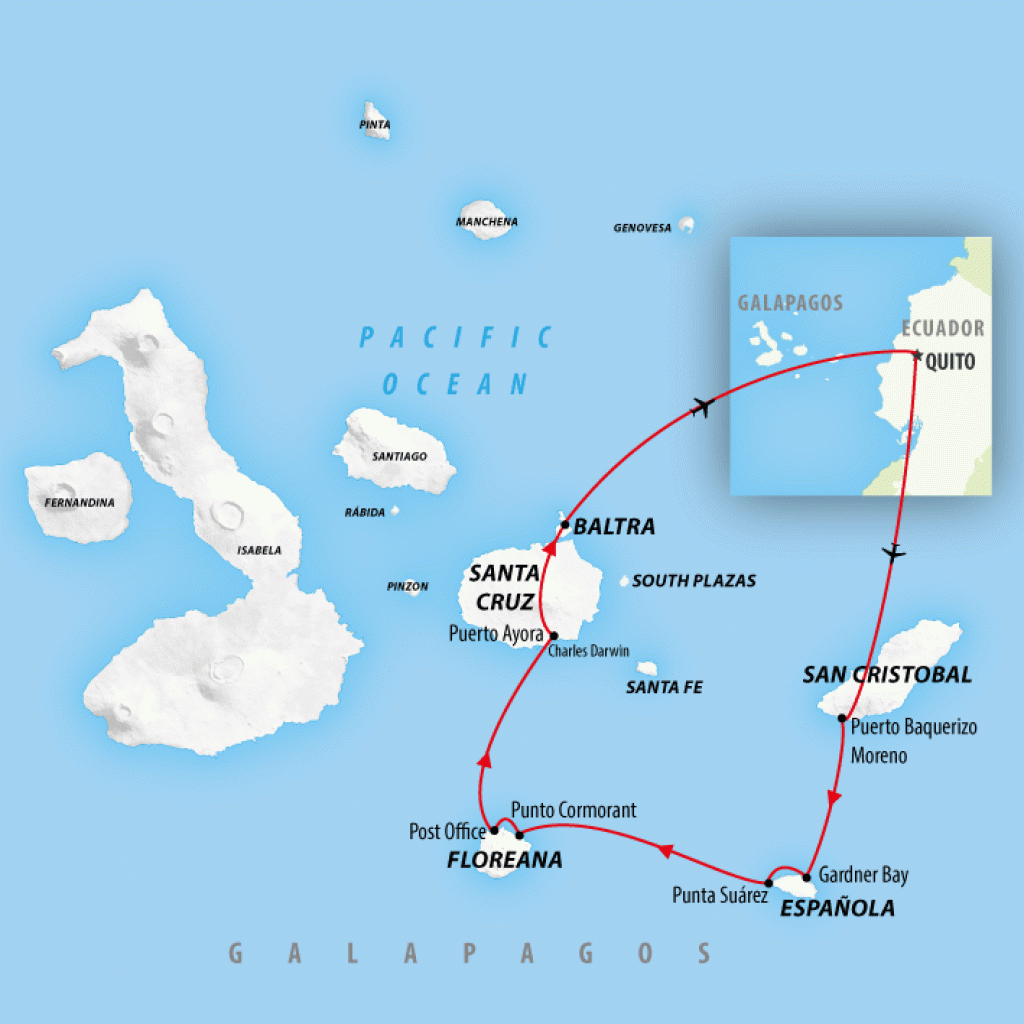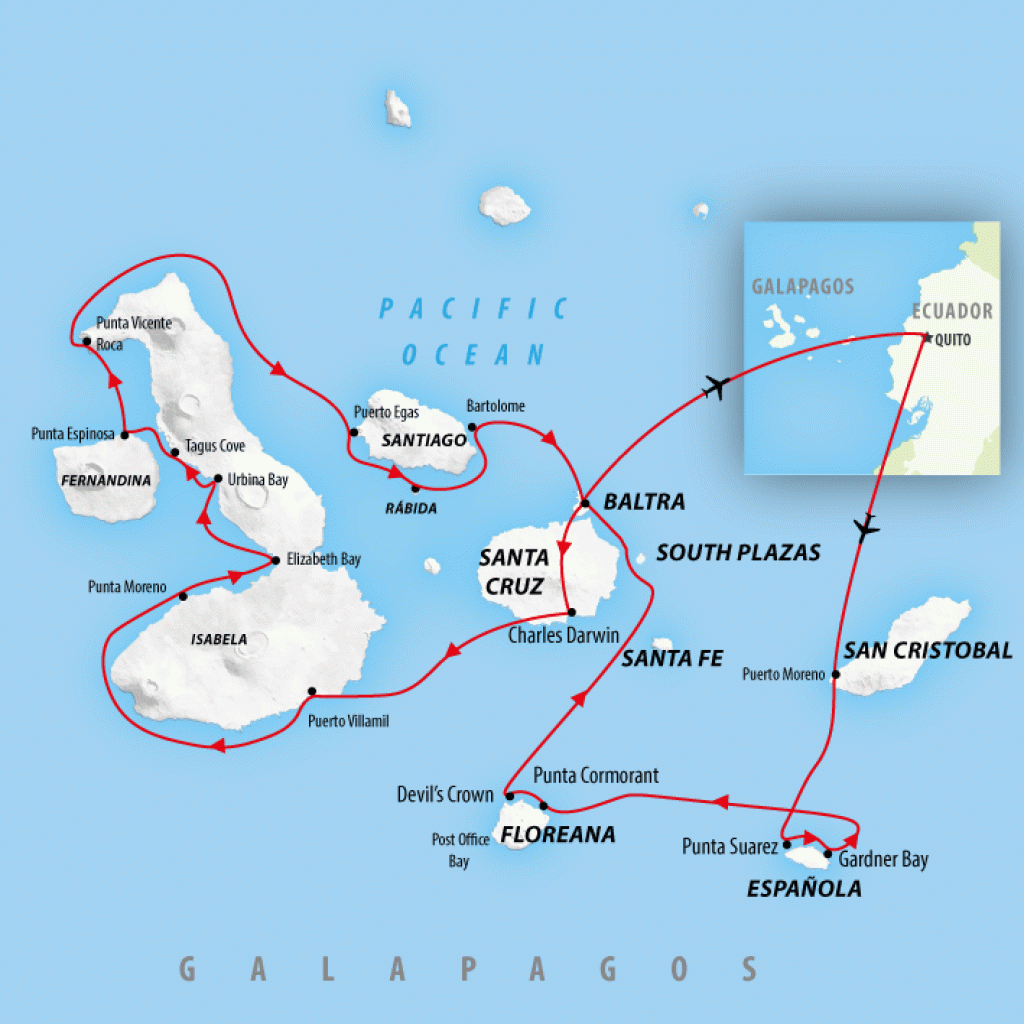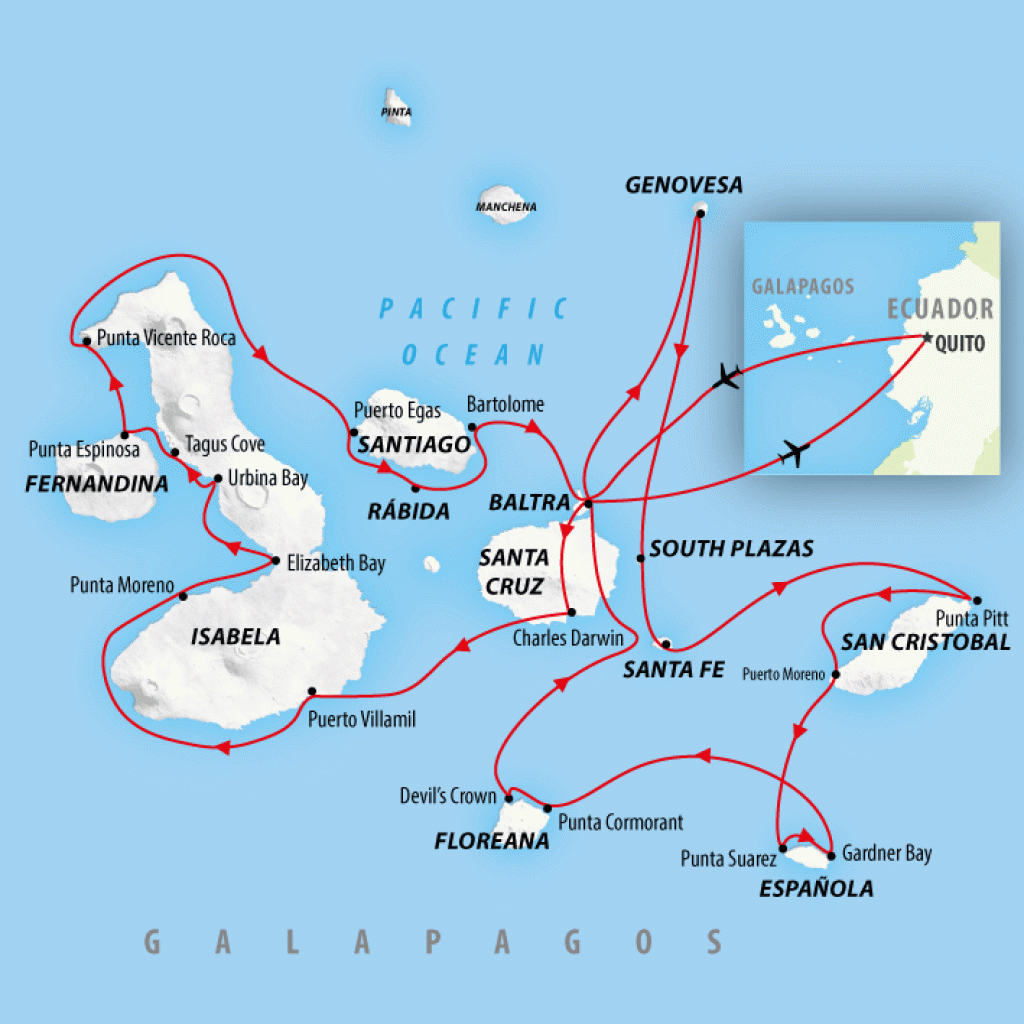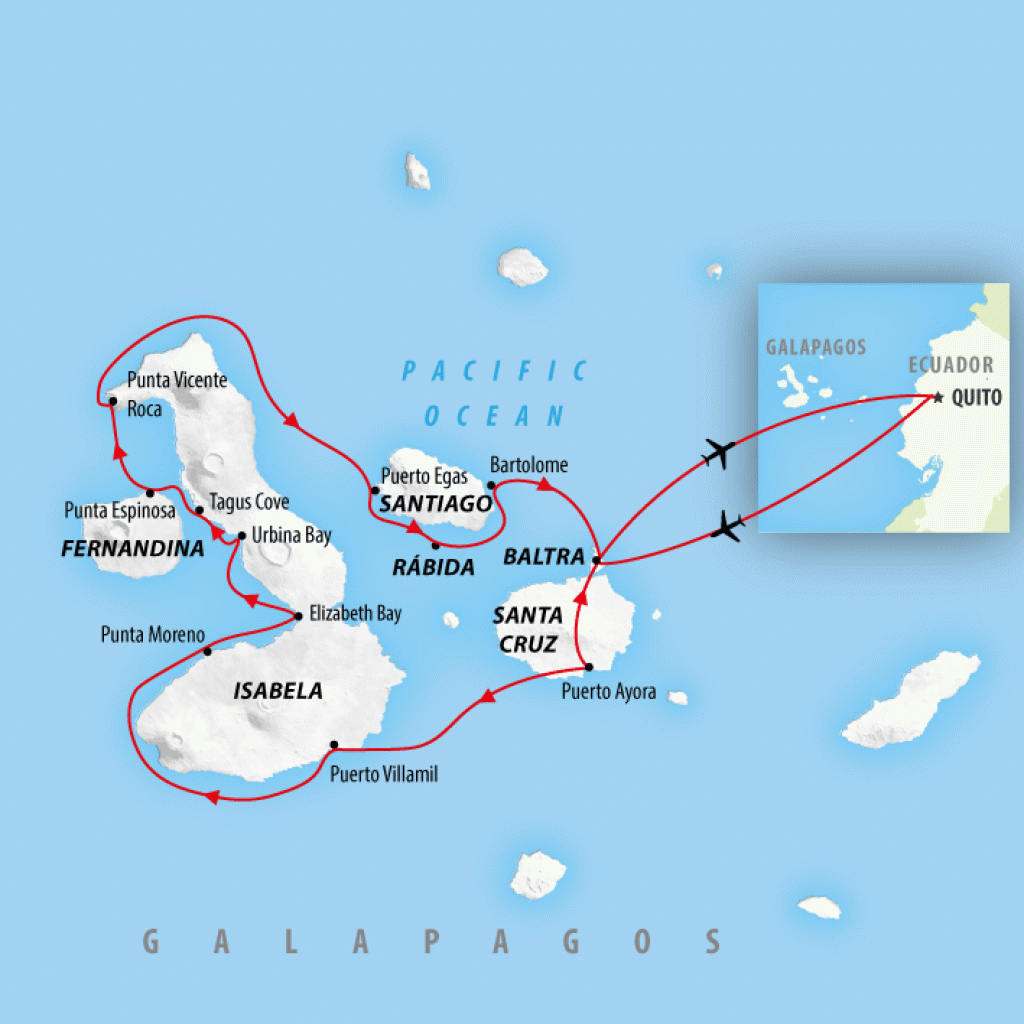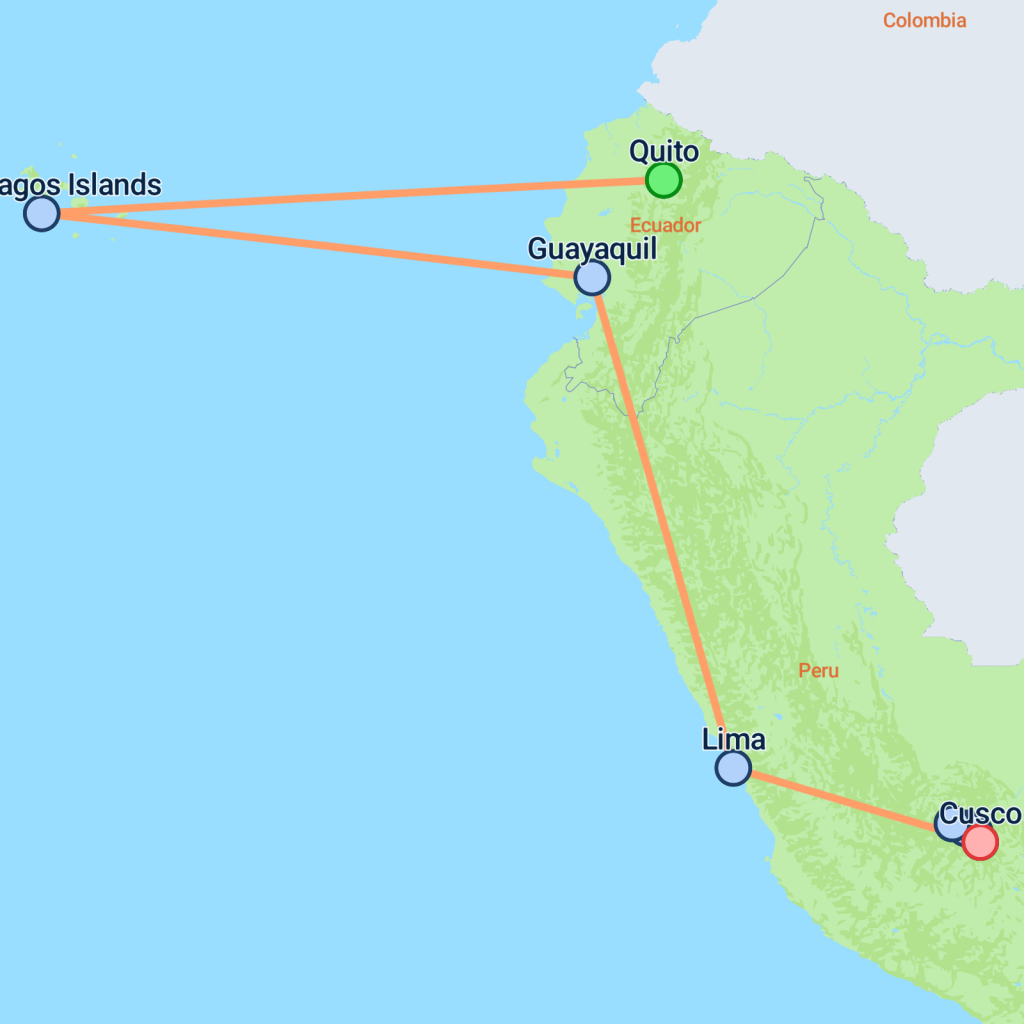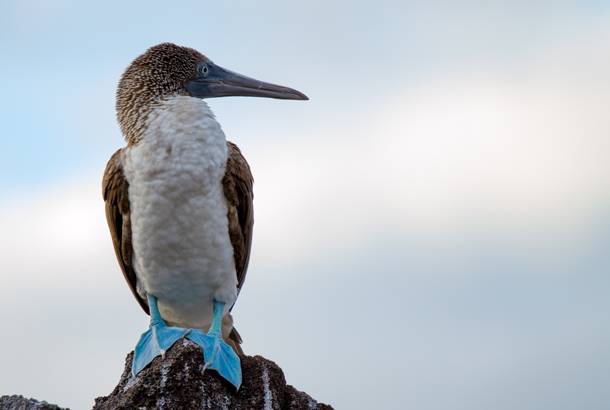
Visiting the Galapagos Islands is a once-in-a-lifetime trip that is guaranteed to leave a lasting impression no matter when you go. However, there are certain times of the year when particular animals are more active than others so if you have a list of wildlife that you simply have to see then it is a good idea to plan your trip accordingly. Below you will find our Galapagos wildlife calendar with details of which animals take the spotlight each month and where best to find them.
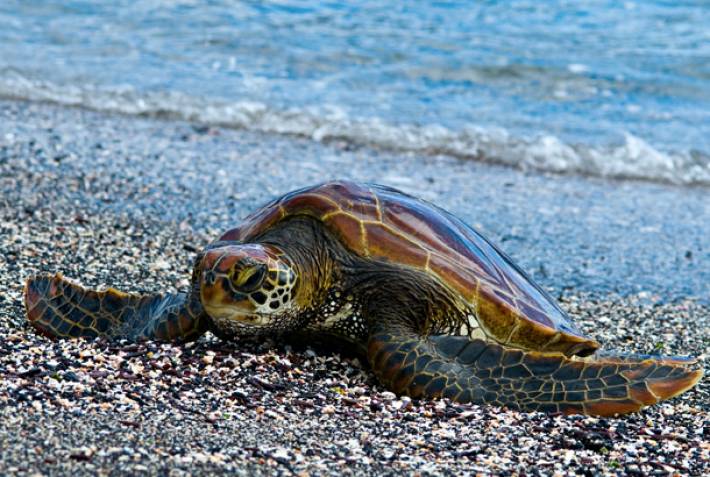
January
January sees hordes of green turtles heaving themselves out onto the beaches of the islands to lay their eggs, a great spectacle for visitors to watch from a safe distance. Also this month, marine iguanas begin to change colour as part of their breeding cycle and giant tortoise eggs begin to hatch, revealing some not-so-giant tortoises.
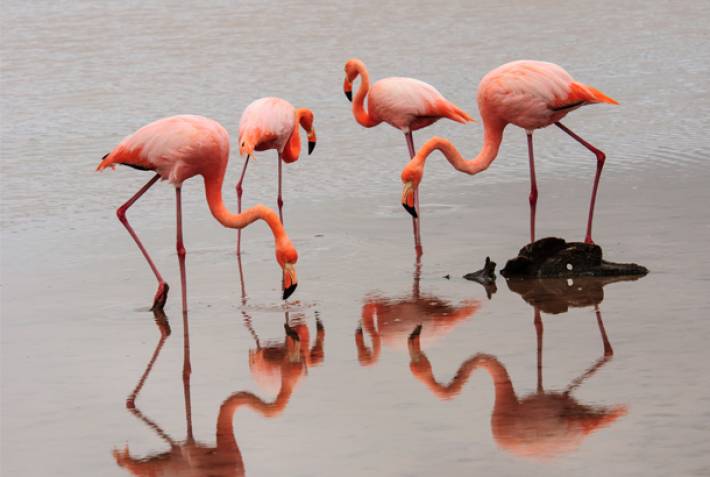
February
This month sees greater flamingos start to nest on the island of Floreana and marine iguanas nest on Santa Cruz. It is the peak season for Galapagos doves to nest and marks the start of the breeding season for black-tailed pintails. Giant tortoise eggs are still hatching at this point.
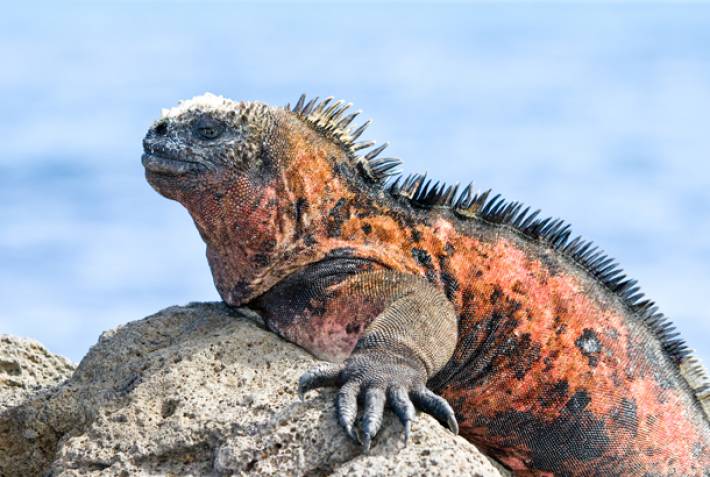
March
As the rainy season reaches full force, marine iguanas start to nest on Fernandina and North Seymour, and towards the end of the month the Waved Albatross begins to arrive on Espanola island. Another exciting event is the arrival of Galapagos penguins on Isabela Island.
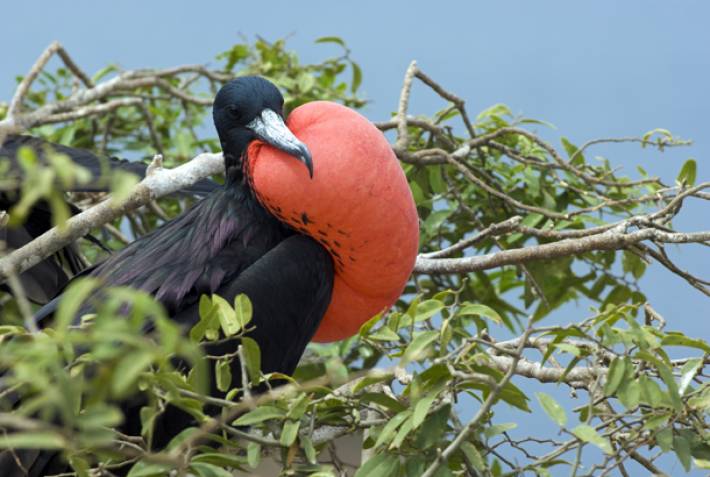
April
If you missed the green sea turtles laying their eggs in January, now you will have the chance to watch them hatch. Land iguana eggs also start to hatch on the island of Isabela. Male frigate birds on Genovesa and San Cristobal woo their mates with the sight of their red throat pouches.
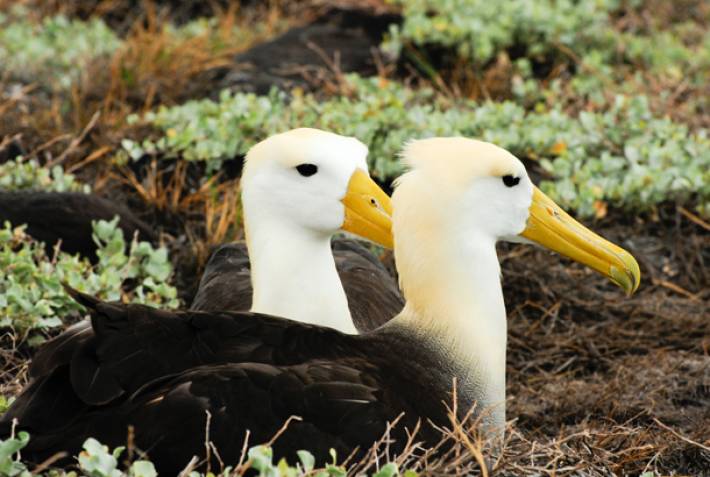
May
May sees the waved albatross on Espanola begin to lay their eggs and the eggs of the marine iguanas on Santa Cruz start to hatch. On North Seymour the blue footed boobies perform their mating dance and all over the islands the band-rumped storm petrels start the first of their two nesting seasons.
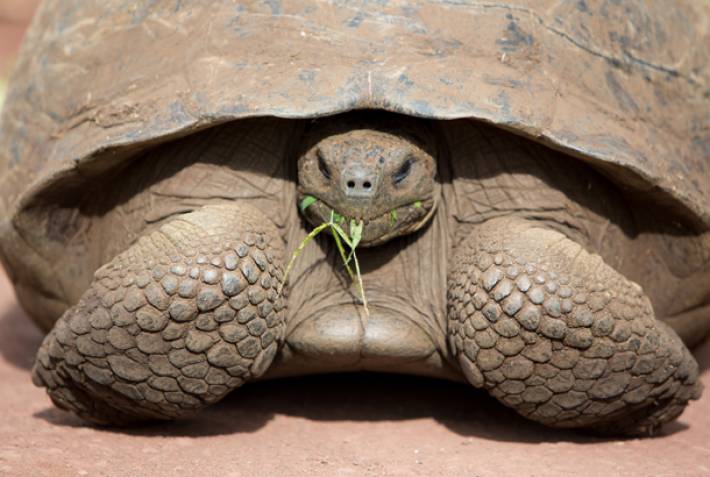
June
June is a good month to spot some unfamiliar birds in the Galapagos - the islands are a popular pit stop for species migrating north. The giant tortoises on Santa Cruz begin migrating to the lowlands and on Genovesa island, short-eared owls also begin their mating season.
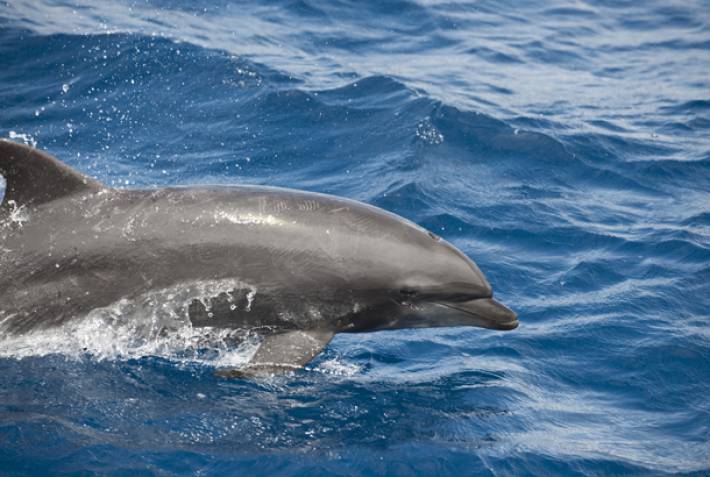
July
Now is the time to look to the seas, particularly off the coast of Isabela. Hordes of whales and dolphins will fill this section of water and off the coast of Wolf and Darwin islands whale sharks can often be seen. Inland, adorable blue-footed booby chicks can be spotted and lava lizards start their mating season, which usually lasts until around November.
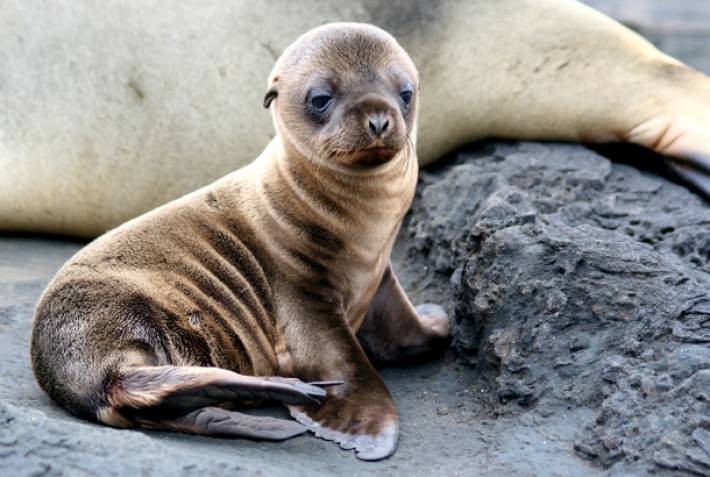
August
August is the month to spot adorable sea lion pups as the birthing season begins. They can often be seen hauled out on the beaches with their mothers. They are very protective of their new-borns, so keep a safe distance at all times. Giant humpback whales tend to pass through the region in August and Galapagos hawks begin their mating rituals on Espanola and Santiago.
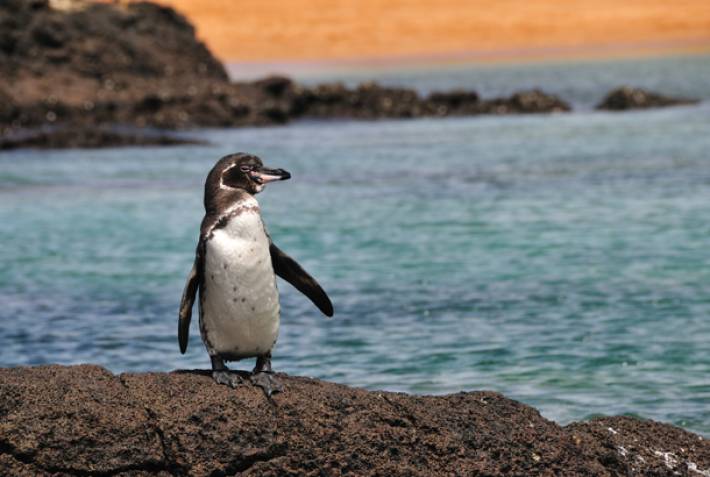
September
The main event in September is the sudden rush of activity by the Galapagos penguins on Bartolome Island. There is also a lot going on with the sea lions as males bark and fight constantly to win or defend the females. Humpbacks can still be seen and whale sharks are often spotted in the northwest of the archipelago.
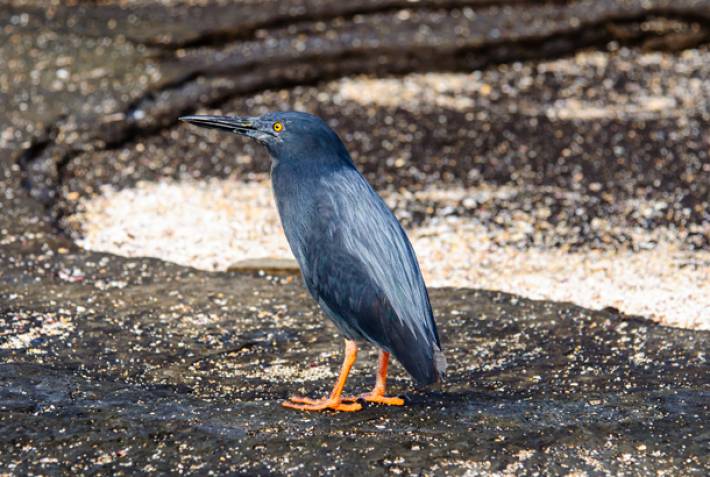
October
October sees the peak of the Galapagos fur seal mating season and the start of the nesting period for lava herons. Giant tortoises are still laying their eggs at this point and whale sharks can still be found off the coasts of Wolf and Darwin islands.
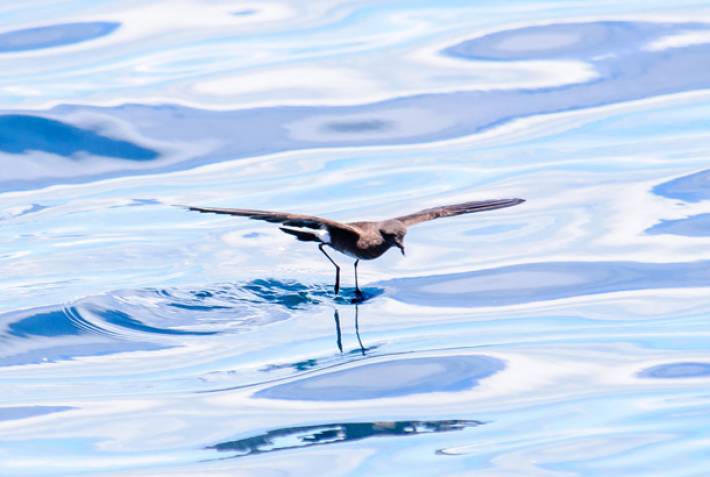
November
Finally, the sea lions are old enough to interact with visitors without causing their mothers any concern. This is the best time to see these animals. Brown noddies and green sea turtles start to mate and the band-rumped storm petrel commences its second nesting period. In the water, a number of different jellyfish can be found.
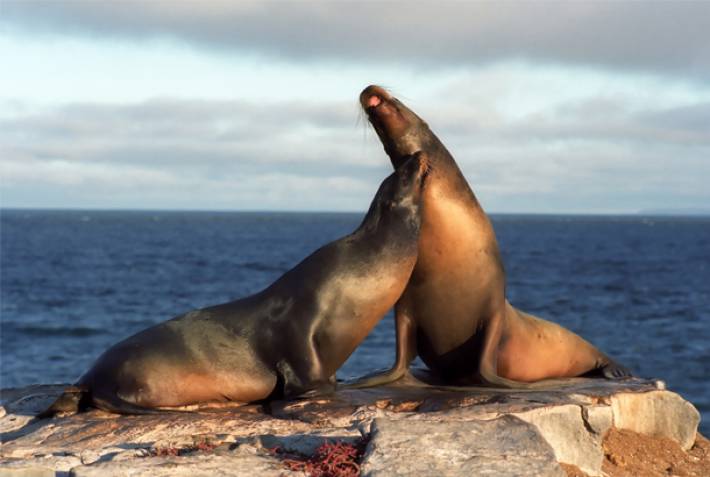
December
The rainy season is starting by December and waved albatross fledglings are beginning to take to the skies. Green sea turtles are mating and the earliest giant tortoise hatchlings begin to emerge. It's getting towards the end of the fur seal breeding season but there are still plenty of youngsters about.
See Also
To help you plan your adventure to the Galapagos, here's some more handy travel resources:
Best Places to Visit - the top islands of the Galapagos
Best Time to Visit - climate and weather of the Galapagos
Top Travel Tips - information on currency, what to pack and more























